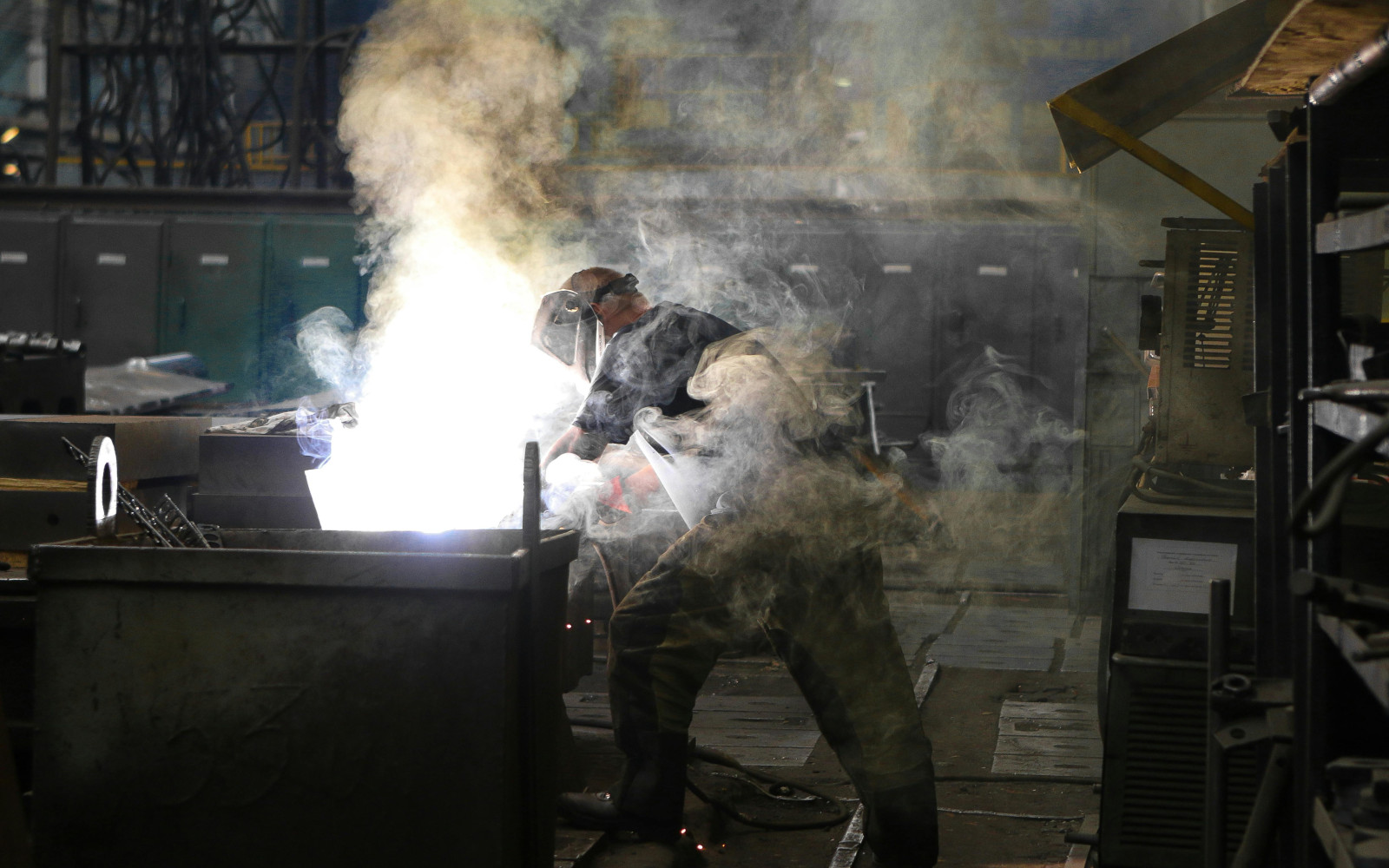In industrial settings, safety managers, industrial hygienists, plant managers, and other professionals must be well-versed in key exposure limits and safety measures to ensure a safe working environment. Among the critical concepts are Lower Explosive Limit (LEL), Recommended Exposure Limit (REL), Permissible Exposure Limit (PEL), and Threshold Limit Value (TLV). Understanding these measurements and their differences is crucial for maintaining safety standards and minimizing risks. This article explores each of these terms, highlights their significance, and provides actionable insights for industrial hygiene and safety.
Lower Explosive Limit (LEL)
LEL refers to the lowest concentration of a gas or vapor that can ignite and produce an explosion when an ignition source is present. It is a critical parameter for preventing fires and explosions in industrial settings. For instance, methane has an LEL of 5% by volume in air. This means that methane concentrations below 5% are too lean to ignite, while concentrations above this threshold can be hazardous.
Fixed LEL detectors are commonly used in facilities to monitor gas levels continuously. These detectors are strategically placed near potential leak sources, such as gas pipelines or storage tanks, to ensure early detection of hazardous gas concentrations. Implementing such systems can significantly reduce the risk of accidents, especially during off-hours when human monitoring might be minimal.
Recommended Exposure Limit (REL)
REL is a guideline established by the National Institute for Occupational Safety and Health (NIOSH) to indicate safe exposure levels for workers over a lifetime of employment. Unlike legally binding limits, RELs are advisory and based on the best available scientific data. They represent the concentration of a hazardous substance that workers can be exposed to without experiencing adverse health effects.
For example, NIOSH has set the REL for formaldehyde, a known human carcinogen, at 0.016 ppm as an 8-hour time-weighted average (TWA), with a ceiling limit of 0.1 ppm. These recommendations are stricter than the OSHA PEL, highlighting NIOSH’s emphasis on worker safety based on scientific evidence rather than regulatory constraints.
Permissible Exposure Limit (PEL)
PEL is a legally enforceable limit established by the Occupational Safety and Health Administration (OSHA) to regulate the maximum concentration of a hazardous substance that workers can be exposed to during an 8-hour workday. PELs are designed to protect workers from acute and chronic health effects.
A notable example is the PEL for formaldehyde, set at 0.75 ppm over an 8-hour TWA. While this limit is legally binding, it may not necessarily reflect the latest scientific understanding of safe exposure levels. As such, some organizations and safety experts advocate for adopting stricter standards, such as NIOSH’s REL, to better protect workers.
Threshold Limit Value (TLV)
TLV is a guideline established by the American Conference of Governmental Industrial Hygienists (ACGIH). It represents the concentration of a substance that most workers can be exposed to without adverse effects over a working lifetime. TLVs are not legally enforceable but are widely recognized and respected in the industrial hygiene community.
For example, the TLV for carbon monoxide is set at 25 ppm as an 8-hour TWA. This value is based on the assumption that workers can be exposed to this concentration without experiencing significant health effects. Unlike PELs, TLVs are regularly updated to reflect new scientific data and understanding.
The Importance of Understanding Exposure Limits
Understanding the differences between LEL, REL, PEL, and TLV is essential for safety professionals. Each measurement serves a specific purpose and reflects different aspects of workplace safety. For example, while LELs are critical for preventing explosions, RELs, PELs, and TLVs focus on protecting workers from harmful exposures.
It is crucial to note that PELs are often less stringent than RELs and TLVs due to the regulatory process and considerations beyond pure science, such as economic feasibility and stakeholder interests. Therefore, safety professionals should strive to exceed OSHA’s PELs by adhering to the more protective RELs and TLVs whenever possible.
Real-World Applications and Insights
In real-world applications, the use of continuous monitoring systems like the Interscan Accusafe and GasD 8000 can significantly enhance workplace safety. These systems provide real-time data on gas concentrations, enabling quick response to potential hazards. Additionally, regular training, maintenance of detection equipment, and adherence to safety protocols are essential components of a comprehensive safety strategy.
Understanding and properly implementing LEL, REL, PEL, and TLV are fundamental to maintaining a safe work environment in industrial settings. By staying informed about these exposure limits and utilizing advanced detection systems, safety managers and industrial hygienists can better protect their workers and minimize the risk of accidents.
For those interested in enhancing their facility’s safety measures, consider requesting a quote for an Interscan gas detection system. Our advanced solutions, such as the Accusafe and GasD 8000, provide reliable monitoring and peace of mind, ensuring your workplace remains safe and compliant with the highest safety standards.


